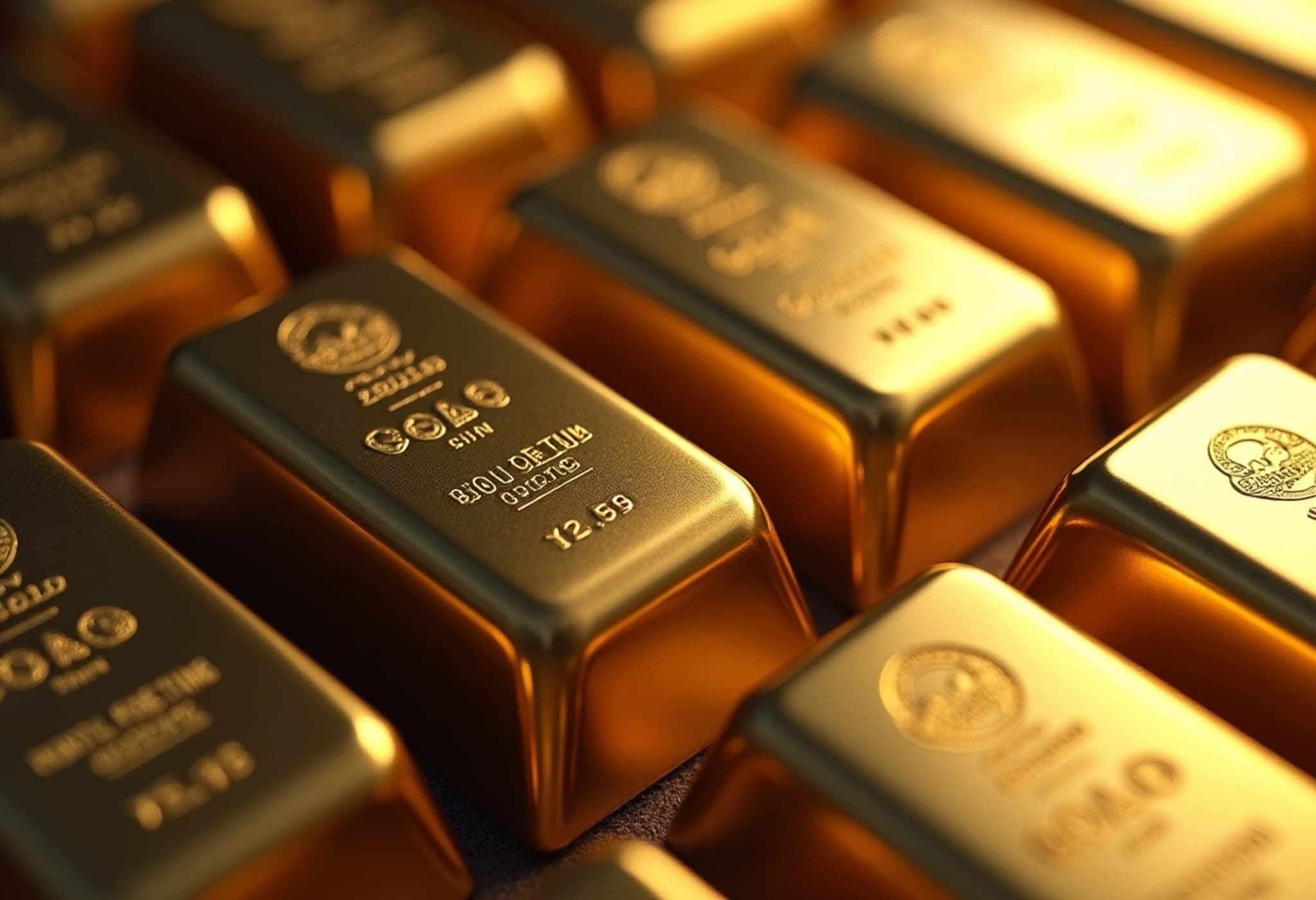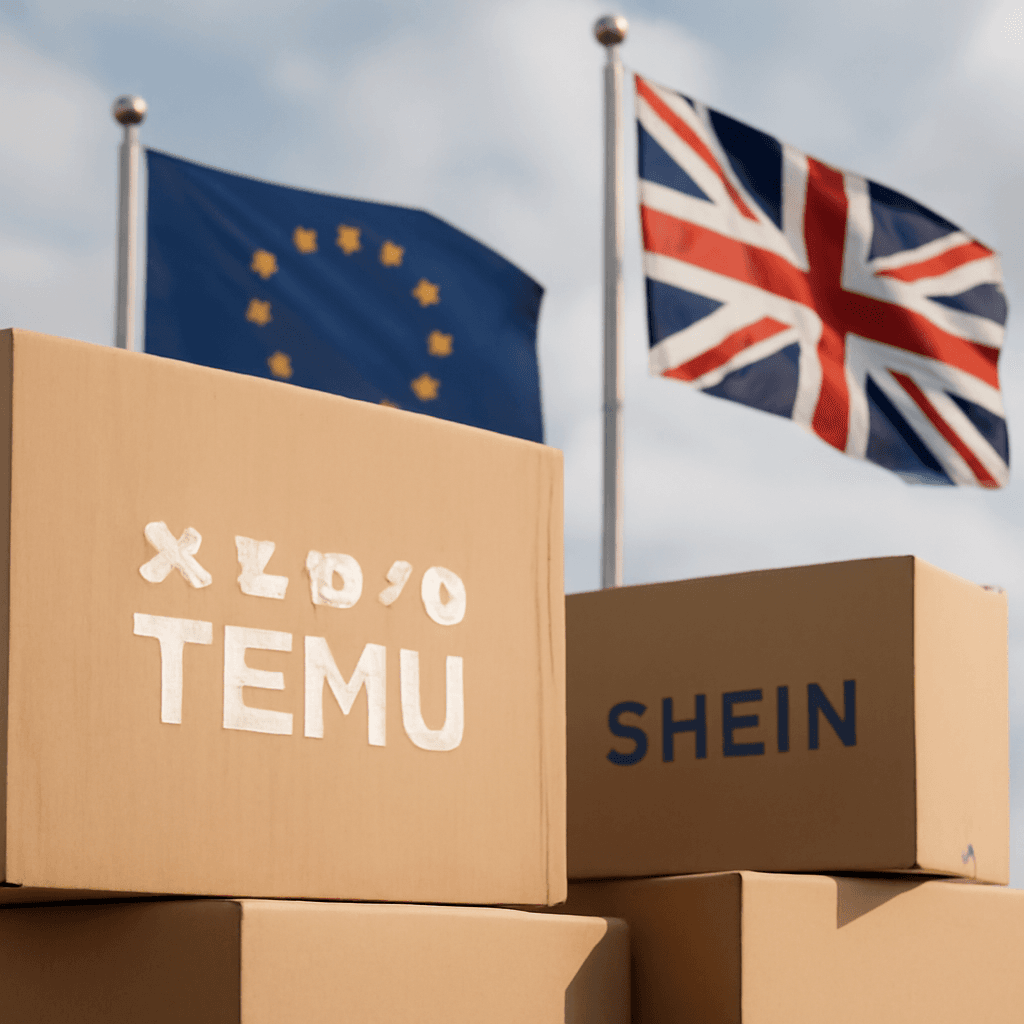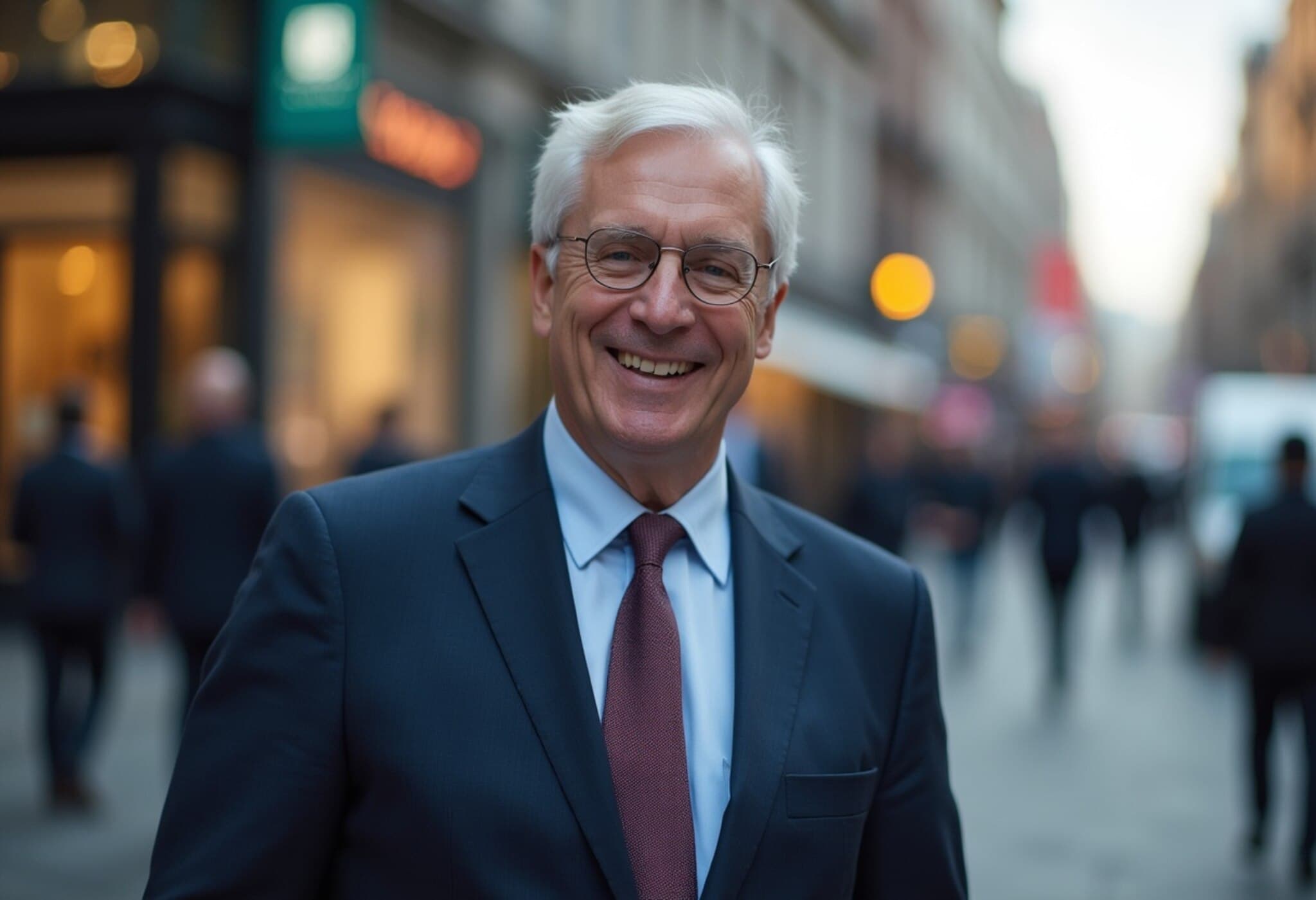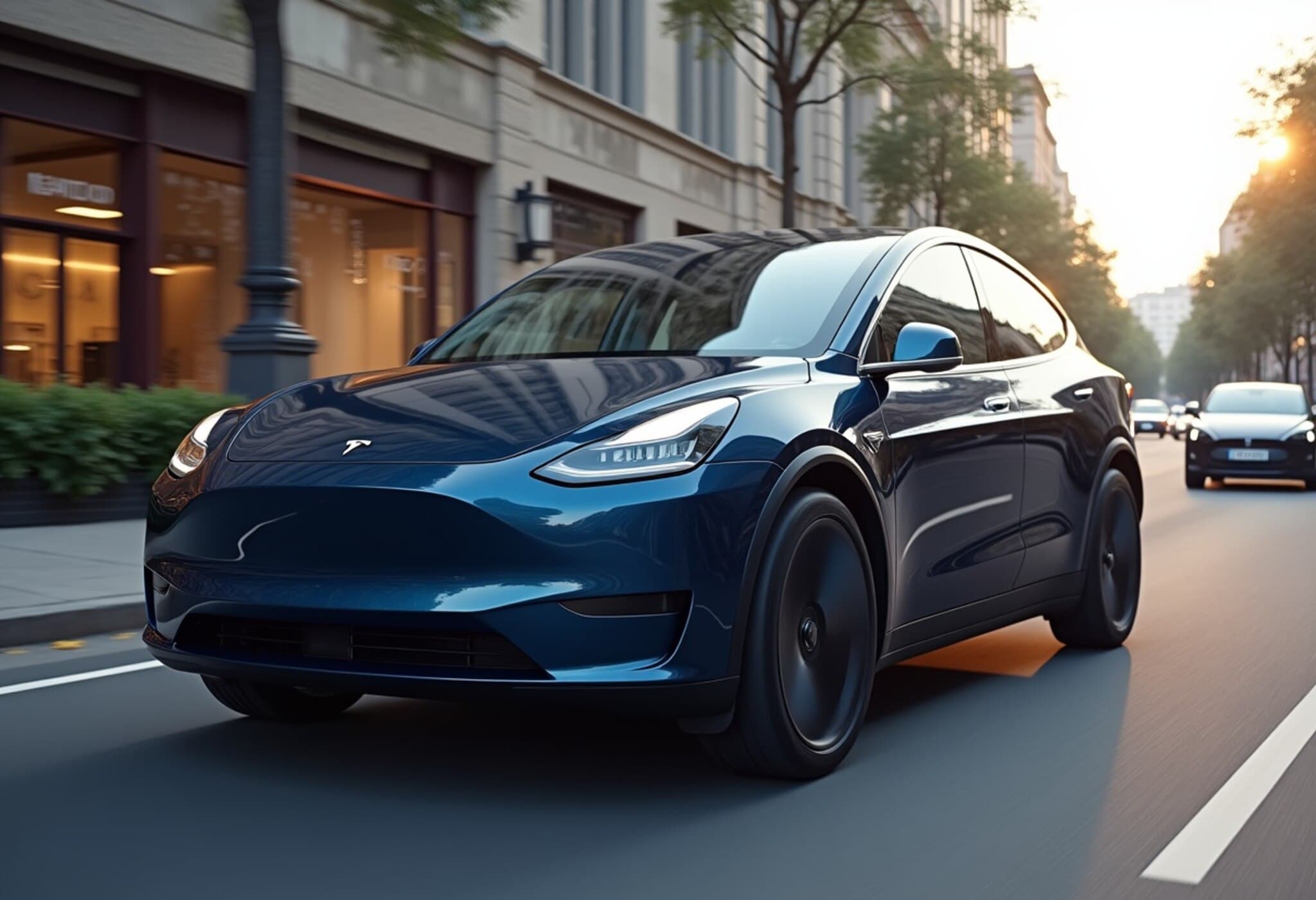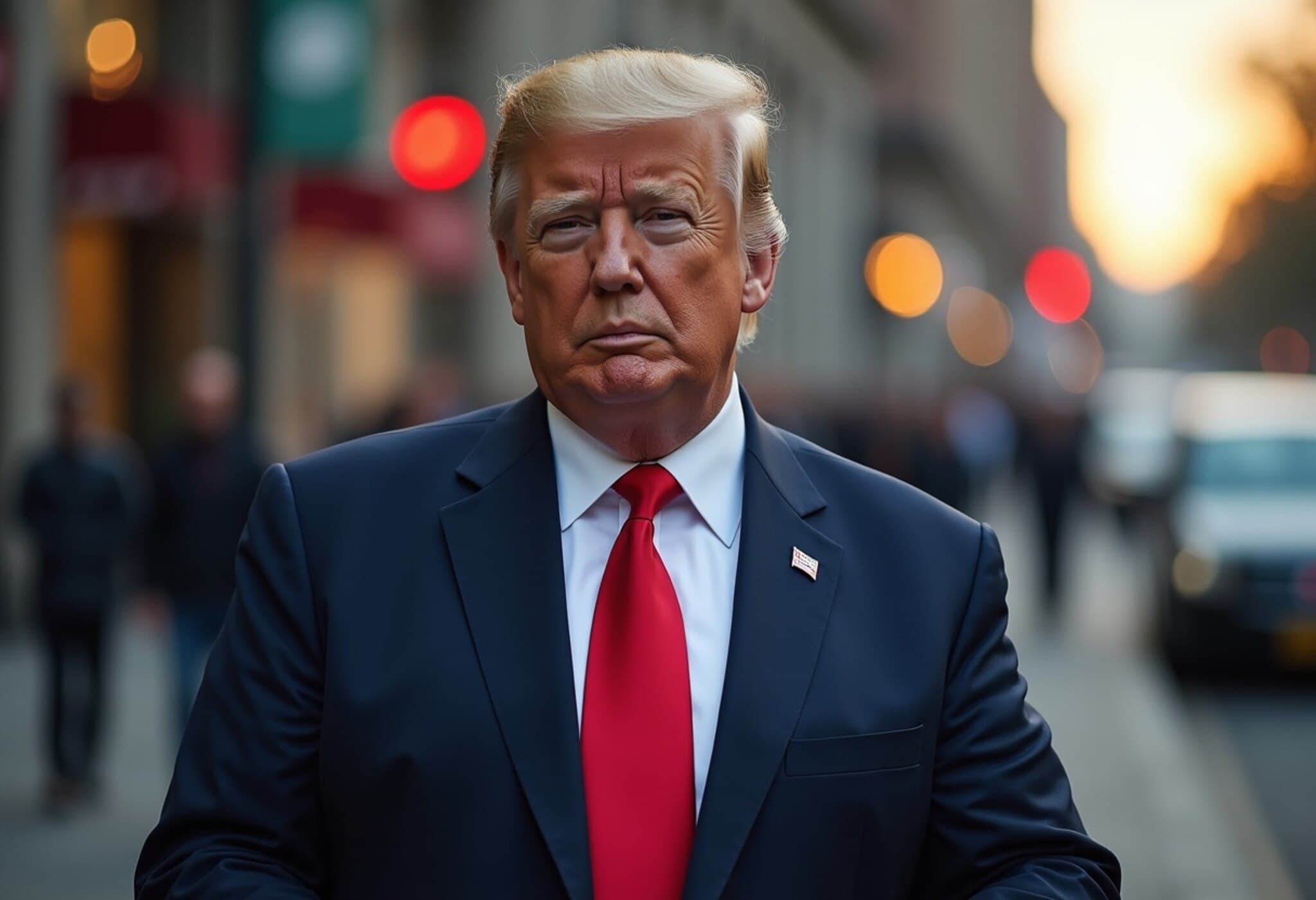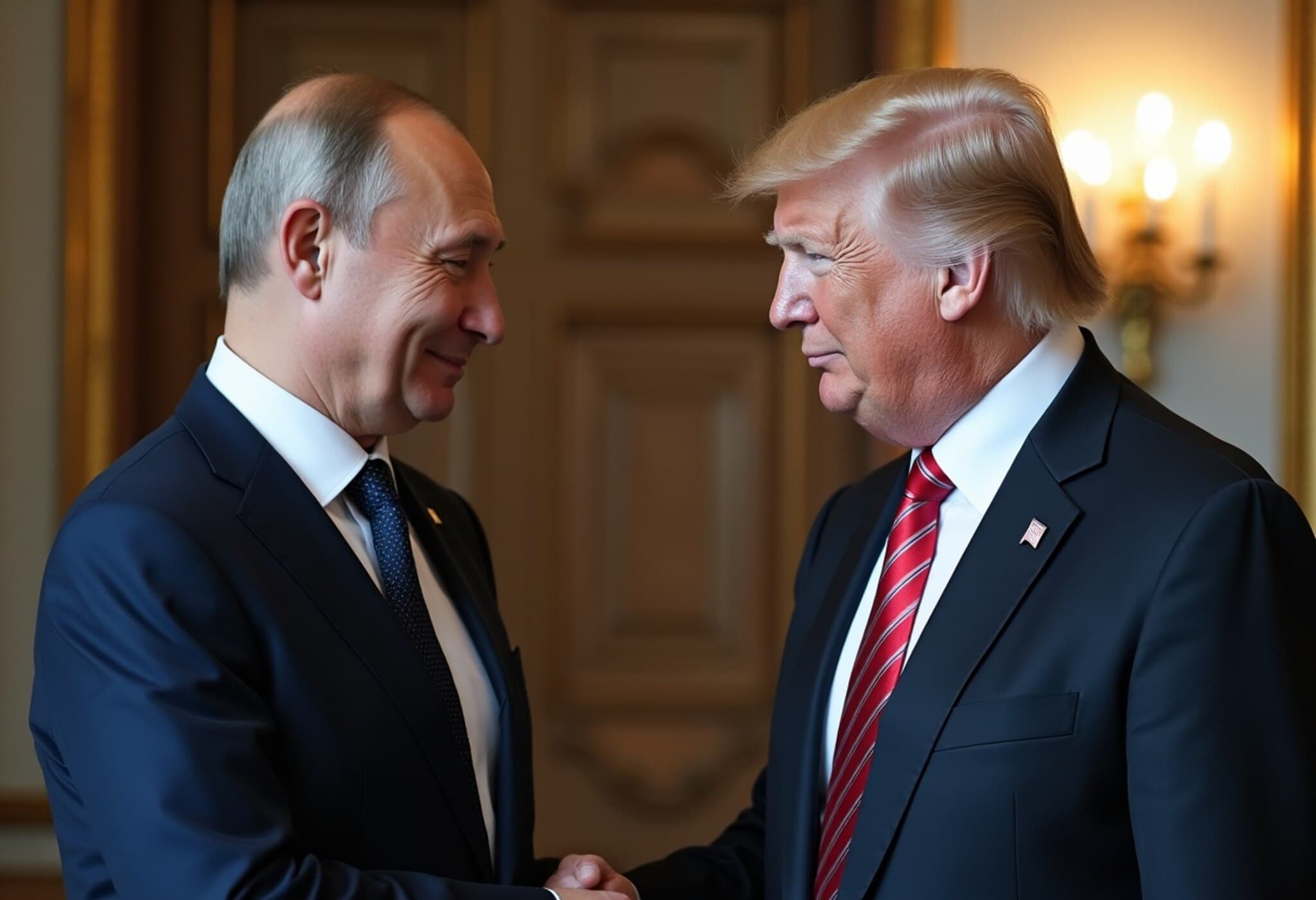Gold Hits Record Highs as Trade Tensions and Dollar Weakness Spur Surge
On August 8, 2025, gold prices in India soared past the historic mark of Rs 1,02,000 per 10 grams, reflecting growing unease among investors worldwide. This unprecedented jump comes amid escalating US tariffs, a weakening US dollar, and rising global uncertainties, reinforcing gold’s timeless role as a safe haven during turbulent economic times.
The Tariff Tsunami: Trump’s Protectionist Measures Shake Global Trade
At the core of this gold surge lies the aggressive trade stance adopted by US President Donald Trump, who has reintroduced steep tariffs targeting a range of imports — notably a 50% levy on Indian goods and a 39% tariff on Swiss imports. These measures were aimed as a response to India’s continued energy procurement from Russia, complicating trade negotiations ahead of pivotal talks scheduled later this month.
Experts warn that these tariffs could act as a significant drag on India’s economy, potentially shaving off between 0.3% and 0.6% of India’s GDP. Moreover, the resulting downward pressure on the Indian rupee has increased the local cost of gold, intensifying the price rally seen in domestic markets.
Economic Ripple Effects Beyond Borders
Notably, the tariffs have also unsettled Swiss gold exports to the US. With over $61 billion worth of gold exported from Switzerland to the US in the prior year, the 39% import duty now imposed on gold bars from Swiss refineries threatens to disrupt the entire global bullion trade ecosystem, amplifying supply-chain tensions and possibly driving prices higher.
Weakening Dollar Helps Gold Shine Brighter Globally
Another catalyst for gold’s rally has been the recent decline of the US dollar, which slid nearly 0.5% during recent trading sessions to a level of 97.96. A softer dollar makes gold cheaper for holders of other currencies, increasing international investment demand.
Analysts interpret the dollar’s dip as a symptom of broader investor nervousness over the US economic outlook, particularly concerns around sluggish job growth and declining service sector activity. This uncertainty fuels speculation around the Federal Reserve’s forthcoming monetary policy decisions, with some anticipating potential interest rate cuts by September, further tipping investor preference toward gold.
India’s Contrasting Gold Story: Price Surge Dampens Traditional Demand
Despite soaring prices, India’s traditional gold consumption has taken a hit. High prices—above Rs 1,02,700 in Delhi and similar in other major cities—have curtailed physical demand, especially in the jewellery segment. Data from the World Gold Council reveals a 10% year-on-year drop in gold consumption in India during the April to June quarter, with jewellery demand contracting by 17%.
This trend underscores the price sensitivity of Indian consumers, for whom gold is both an investment and an integral part of cultural and social practices.
Institutional Investors and Central Banks Boosting Gold Holdings
Alongside retail dynamics, institutional investors and central banks have played a vital role in underpinning gold’s rally. Central banks across multiple nations have continued bolstering their gold reserves, while exchange-traded funds (ETFs) have witnessed rising inflows as investors seek a shield against economic headwinds.
China’s quiet but consistent accumulation of gold further adds a stabilizing force amid global uncertainties. As noted by regional analysts, this sustained buying hints at strategic diversification and hedging, emphasizing gold’s role in national economic security.
Looking Ahead: Will Gold’s Momentum Hold?
As geopolitical tensions persist and financial markets brace for unpredictable policy shifts, gold remains a beacon of stability. Yet, questions linger:
- Will the US continue escalating tariffs, or can diplomatic resolutions ease trade frictions?
- How will the Federal Reserve’s policy direction influence investor confidence and currency valuations?
- Can the Indian market reconcile high gold prices with cultural demand in the long term?
The answers to these questions will shape whether gold’s current rally is a temporary spike born of anxiety or the dawn of a sustained bull market in precious metals.
Editor’s Note:
Gold’s historic price surge amid renewed US tariffs and dollar weakness offers a compelling case study in how geopolitical maneuvers ripple through global markets. For investors and policymakers alike, the unfolding scenario underscores the delicate balance between protectionism, monetary policy, and market sentiment in today’s interconnected world. As India grapples with the dual challenge of shielding its economy and meeting its people’s traditional gold demand, the broader narrative reminds us of the complex interplay between culture, commerce, and currency in shaping economic realities.





